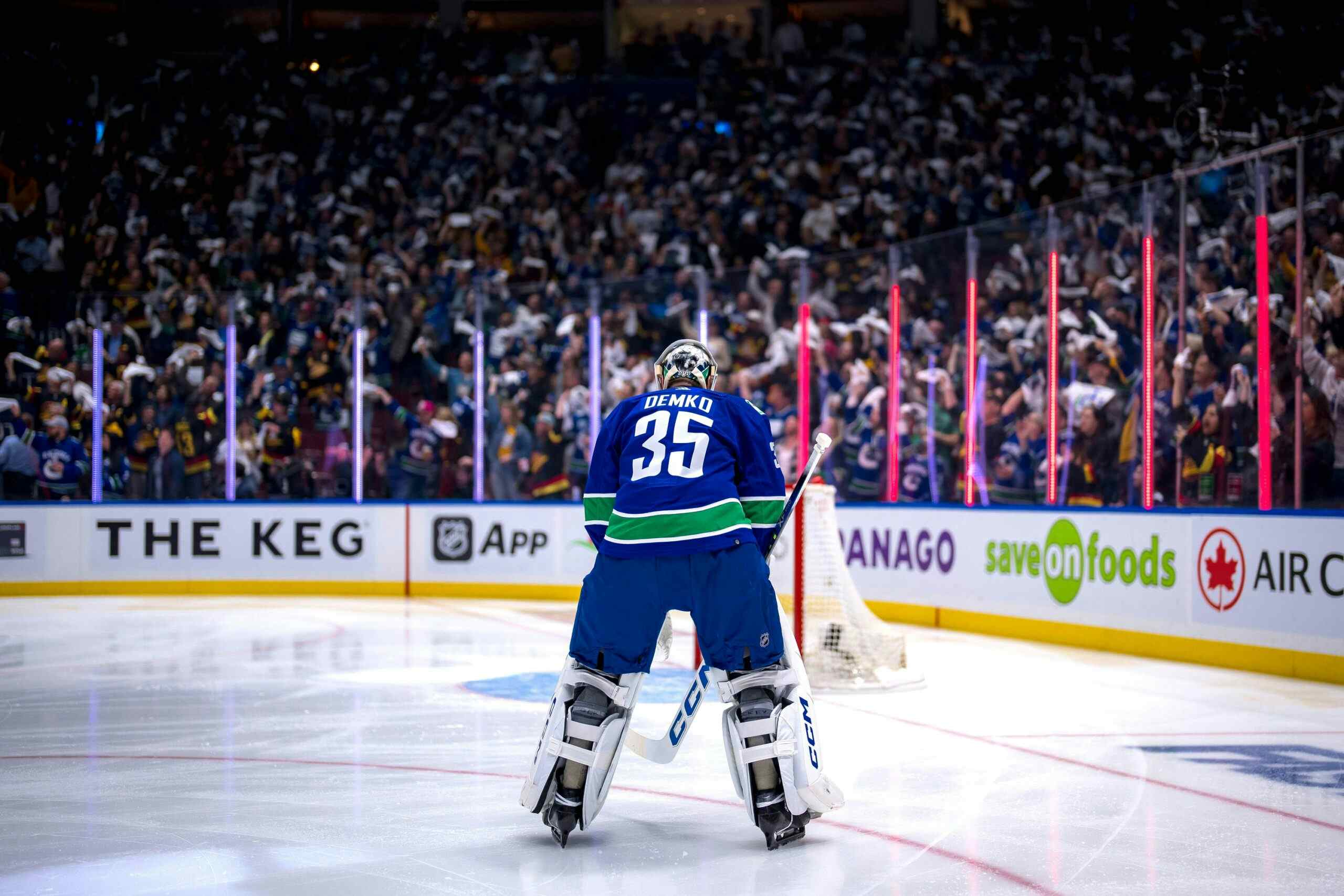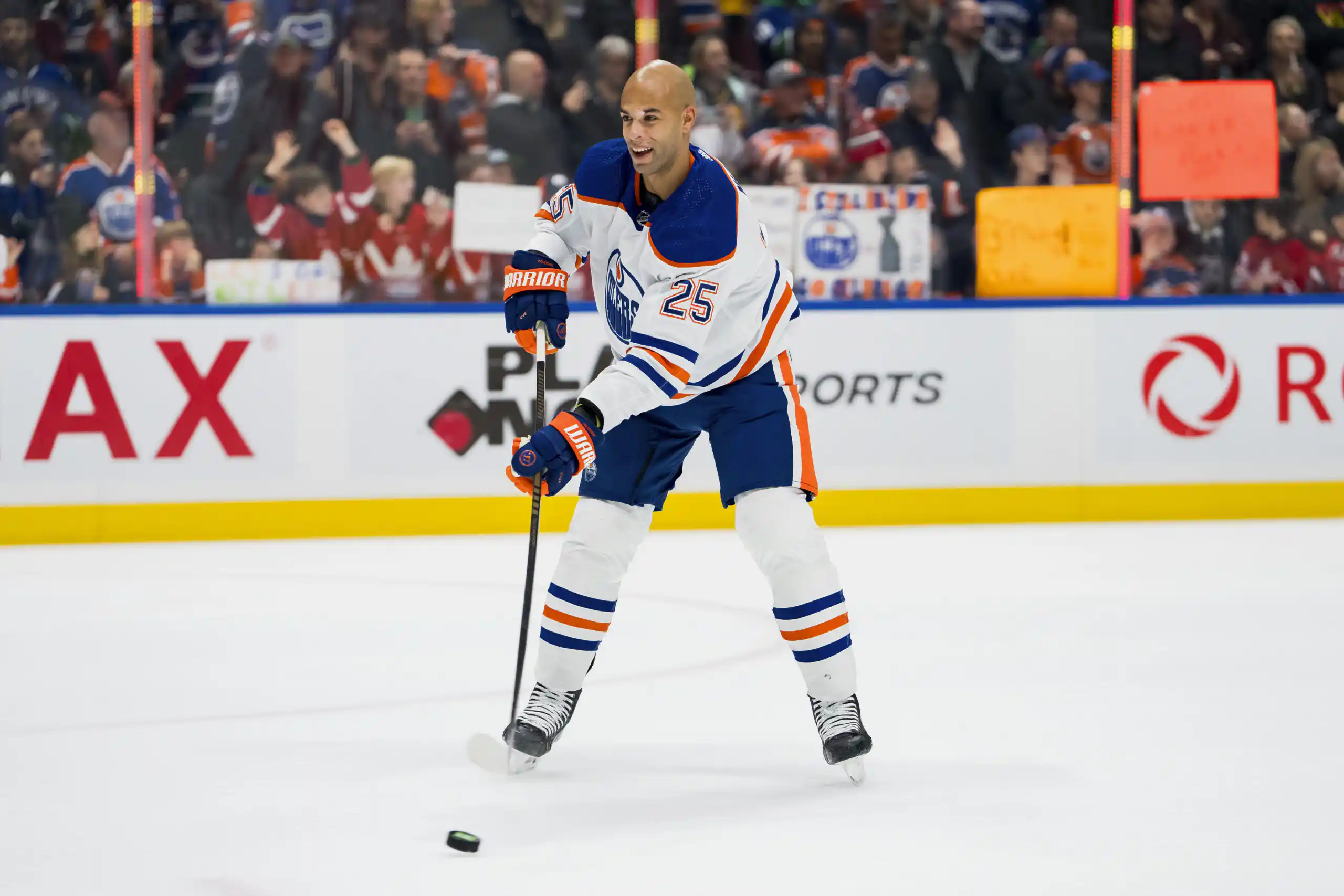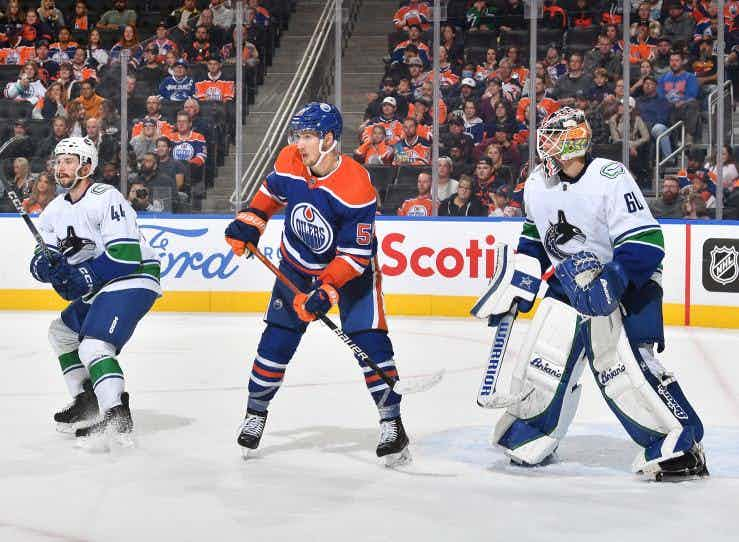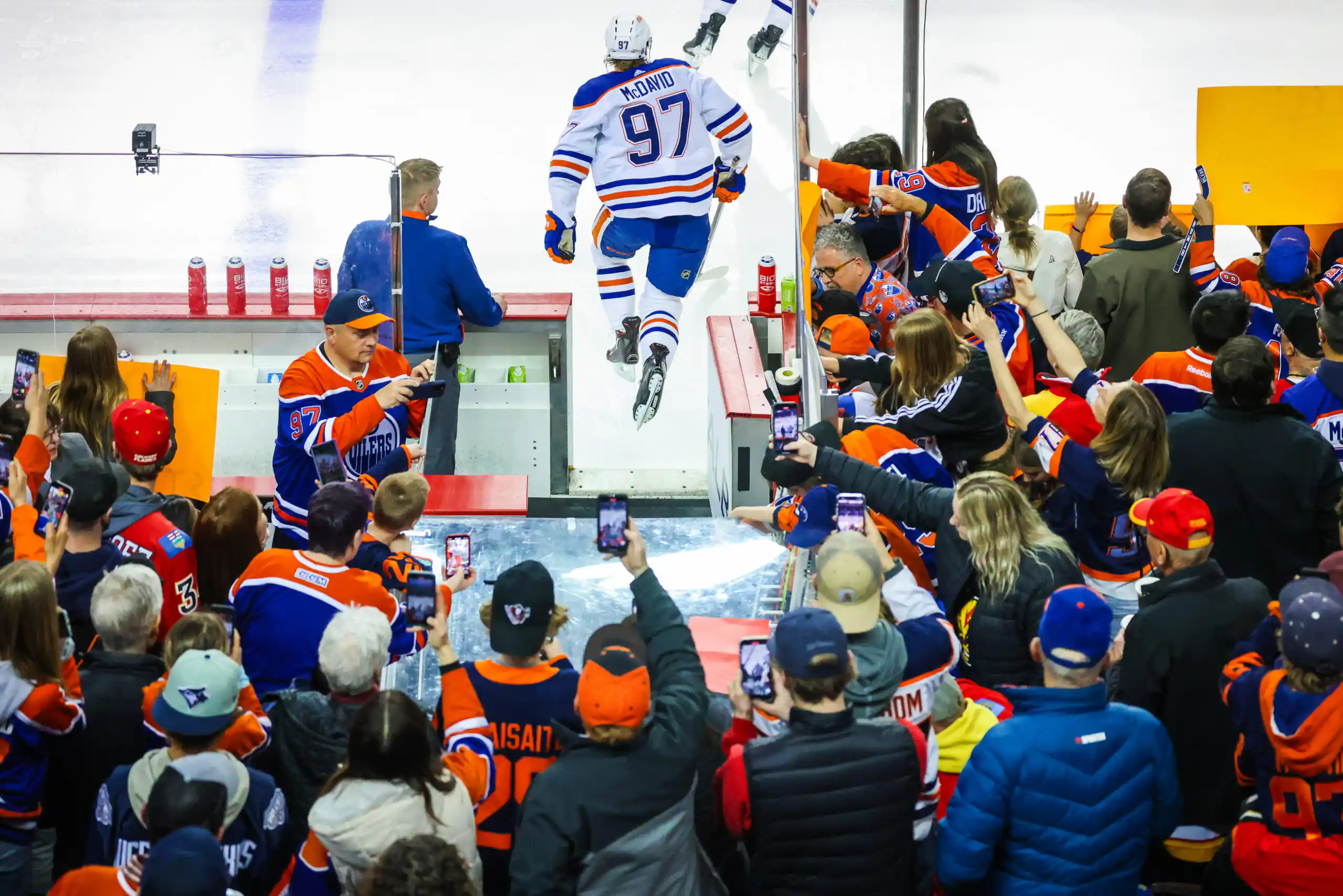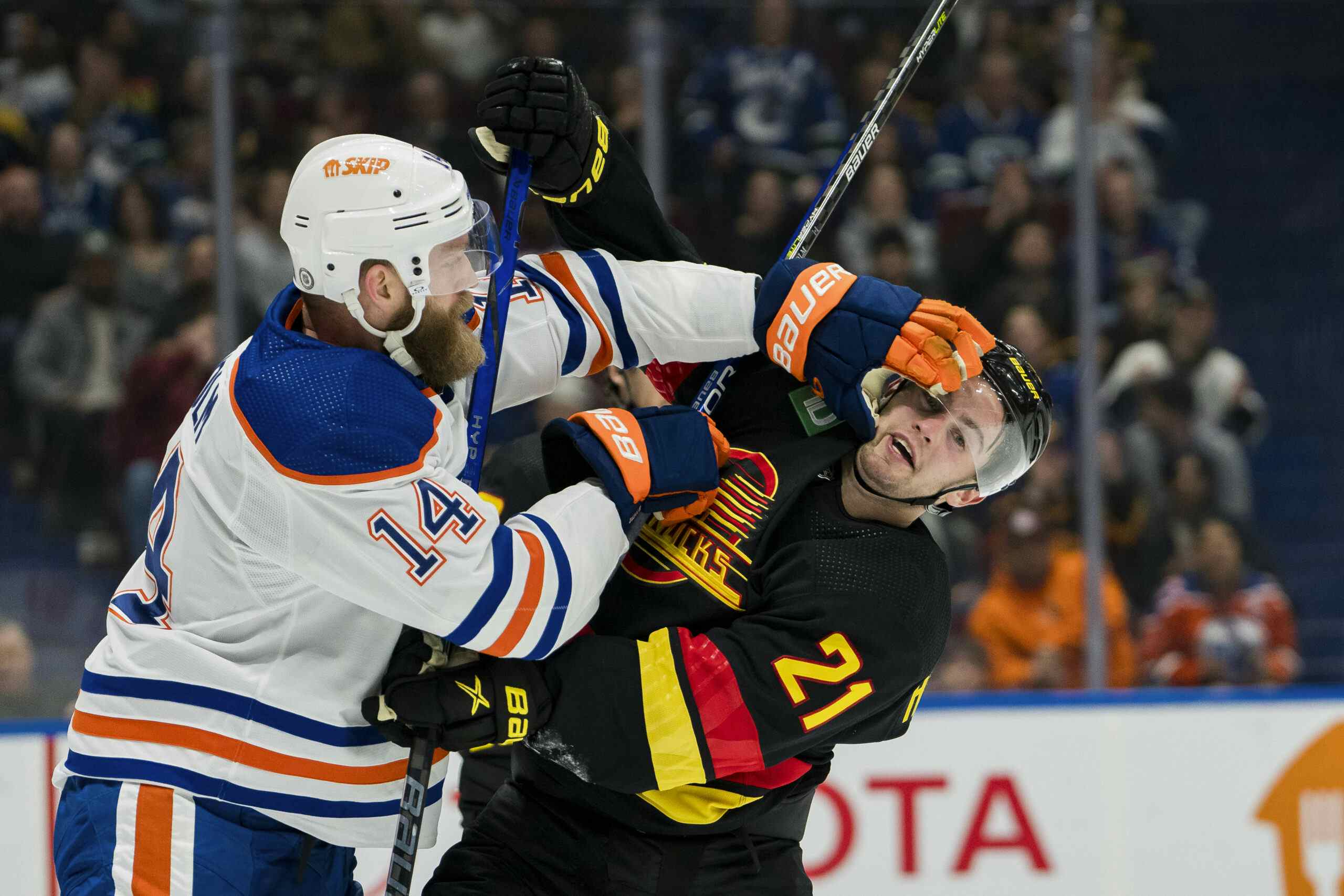What is best way to evaluate NHL players?
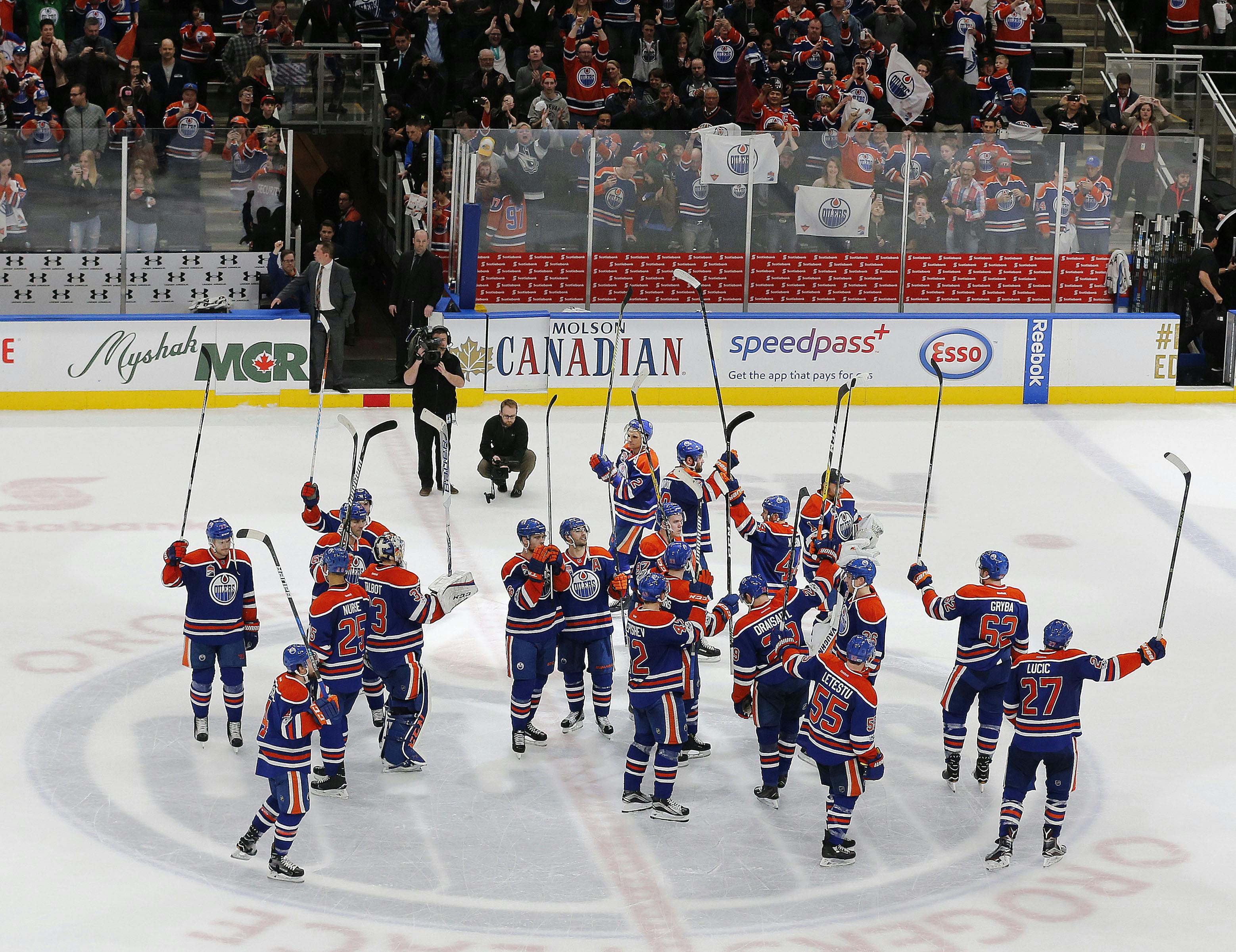
By Jason Gregor
6 years agoStatistical evaluation of players has always been the cause for great debates. It is impossible to find one evaluation metric which would appease the entire hockey world. Wayne Gretzky (2857) has 943 more career points than the second highest scorer, Jaromir Jagr (1914), yet some people still believe there were better players. Hockey players, management, coaches, media and fans like different players for various reasons. This will never change, but as we incorporate more analysis and statistical data into covering the game, is it possible we are getting closer to a more precise evaluation tool?
Over the weekend, Dom Luszczyszyn (an outstanding name to use in sports spelling bees) wrote an article for The Hockey News outlining NHL star power.
He had five tiers of players, ranging, in his words, from #1 “Year end award winners” to #5 “Very good players who are borderline stars in the right environment.” He finished with a total of 125 players split between 80 forwards, 37 D-men and eight goalies. Tier one players received five points, tier two four points, all the way down to one point for tier five players.

His calculations came from Game Score which consists of in short form:
“The stats I used are goals, primary assists, secondary assists, shots on goal, blocked shots, penalty differential, faceoffs, 5-on-5 corsi differential, 5-on-5 goal differential.
“The second step is figuring out how to weigh each component. To keep things simple, I opted to weigh each stat by its frequency to goals and round up/down to keep the sig digs low.”
I believe it is great to have conversations about which stats are the best when trying to evaluate players.
The challenge we face as we try to incorporate metrics beyond goals and assists into the game is first off, how to accurately track their value, then, which ones are a true reflection of the individual. And finally: accurately tracking them in a game that moves so quickly and does not have the same starting point. Baseball works best for statistical analysis because every play starts at the exact same place: in the pitcher’s hand on the mound.
Hockey is the complete opposite. It can start on nine different faceoff dots, but more importantly it can be fluid for minutes at a time, with hundreds of variables occurring before the next “controlled” starting point.
For context, Luszczyszyn based his rankings on the past three years. I agree a three-year window can work better than one.
I applaud him for putting in the work to come up with it. Some rankings made a lot of sense, others had me look into a player, and I realized he has been quite good. And there were also some rankings which made me question the model.
I’m not sure using faceoffs is a great tool for ranking star players. It really only works for centres, and while faceoffs have value, many of the best players in the game don’t excel at them, yet they still manage to dominate play.
Also, separating primary and secondary assists can be a slippery slope. The primary assist on the scoresheet isn’t always the player who had the puck prior to the goal scorer. And sometimes the “secondary” assist is the best pass of the two, and without it starting the play, the guy who gave the puck to goal scorer wouldn’t have been able to make that play. I understand the premise of first and second assists, but I question the accuracy or difference in importance.
My bigger question, however, was after adding his formula…
Player Game Score = (0.75 * G) + (0.7 * A1) + (0.55 * A2) + (0.075 * SOG) + (0.05 * BLK) + (0.15 * PD) – (0.15 * PT) + (0.01 * FOW) – (0.01 * FOL) + (0.05 * CF) – (0.05 * CA) + (0.15 * GF) – (0.15* GA)
…there were some noticeably questionable rankings.
The first one for me was Evgeni Malkin. He would have been in the first tier. I realize he was in the second, and maybe because he’s only played 188 games the past three years, compared to 225+ for other superstars like Patrick Kane, Sidney Crosby, that was why. It was hard for me to see a ranking where Malkin not in the top-13 forwards in the NHL.
When we come up with a formula to rank players, if we see a few obvious errors, should we re-tweak it?
Posterior checking is what made Bill James such a revered statistical figure. He was always challenging findings and he was brilliant enough to either fix them or explain why they were incorrect.
It is easier said than done, and I don’t have the perfect formula for the above chart, but I think starting the conversation could possibly get us closer.
Here were the other rankings that had me questioning if this formula was incorporating the most important stats.
- David Pastrnak was the seventh highest ranked player. He had a great season with 34 goals and 70 points. I like him as a player, but he had 53 points in his first two seasons in 97 games. He had a high P/60, but that should not be considered more valuable than actual points. He is 148th in points the past three years. I believe he will be very good, but this ranking seemingly had too much weight based on P/60, one season and his linemates (even Dom agreed with the latter). Boston had three of the top-seven forwards. I’d strongly argue they don’t have one of the NHL’s ten best forwards, nevermind three in the top-seven.
- I’m a big Taylor Hall fan, but he is not a better left winger than Jamie Benn. Benn has scored the 3rd most points in the NHL over the past three seasons. Is point production more valuable than shot attempts? Hall generates a lot of shots attempts, and he doesn’t play with Tyler Seguin, which helps Benn, but when we evaluate, what would be the best percentage to use to balance importance of goals to shot attempts? I understand the theory of shot attempts and the odds of more is better, and while some will say goals are so rare, it is hard to calculate, but the fact is in the game of hockey they matter significantly. If you are a top-three point-producer the past three seasons, I disagree with being the 27th ranked forward.
- Ryan Getzlaf was 34th among forwards. He has the 14th most points in the league the past three seasons. He has a very good goal differential. Dom told me Getzlaf’s low goal totals and his age hurt him under this formula. If so, how do we alter it? Should age be a negative predictor, until we actually see the drop off? We’ve seen many elite players stay great into their 30s.
- Drew Doughty and PK Subban are straight up better than Mark Giordano or Dougie Hamilton. The gap was minimal, but Giordano and Hamilton were rewarded for playing together. Hamilton and Giordano are very good, and as a pair, they played very well this past season, but they aren’t the fifth and sixth best defenders in the NHL. Can we accurately evaluate individual D-men without including their partner? I don’t think so,
- How is Phil Kessel (190 points) not among the top 80 forwards in the NHL, when he has produced the 23rd most points among forwards the past three seasons? Teammates Connor Sheary (63 points), Patrick Hornqvist (146) and Jake Guentzel (33 in 40 career games) are ranked ahead of Kessel. I understand part of these rankings are projections, but how do three teammates in Pittsburgh jump ahead of Kessel? Guentzel was excellent in his 40 regular season games and the playoffs, but Kessel also had 23 points in the playoffs to Guentzel’s 21. The calculation seems off if Kessel’s point totals mean so little.
- Similar question regarding Sean Monahan in Calgary. He has the 27th most points among forwards and the 17th most goals in the NHL the past three years. He didn’t crack the top-80, but his teammates Matthew Tkachuk(13-35-48 as a rookie), Michael Frolik (156th in points) and Mikael Backlund (138th in points) did. I like Backlund a lot and he is a very good two-way centre. He had 16 PP points to Monahan’s 17 last season. Backlund’s linemates were all plus players and had solid possession numbers. So does fewer goals and points equate to that much less in value to solid possession numbers? For me it would seem the equation leans too strong towards the latter. Would it help to balance out the value somewhat?
- Johnny Gaudreau was also ranked, as he should be, but he was actually ranked even with Tkachuk. Gaudreau has produced the 15th most points in the NHL the past three years, yet Tkachuk, after one 13 goal, 48-point season, was ranked the same. I’m sorry, but that makes little sense to me.
- Cam Atkinson was ninth in the NHL in goals this past season with 35. He has scored 84 goals during the past three seasons, tied for 18th most in the NHL. He is 60th in points. He was 21st among forwards in SOG this past season. His goal differential was three over the past three seasons, while he had a CF% of 48.8 over the past three seasons. It seems the latter two cost hurt him more than his goals and points did.
- Marc-Edouard Vlasic was the best defender at slowing down Connor McDavid this past season. His gap control was almost flawless. His role in SJ is to try and shut down McDavid and other top scorers. With Brent Burns in SJ, Vlasic doesn’t get much PP time. He had 20 EV points this year. Giordano had 22, Subban had 23. Vlasic had 27 EV points in 2016, 18th most among defeenders. Despite playing top players he has had very good goal differential the past three years, 31, and his possession numbers are pretty decent as well. There are so many young defenders ahead of him on the list who are not nearly as competent as him in his own end.
- Despite my lack of love for the position, are there really only eight goalies in the top 125 players in the NHL? Over the past three seasons, Cam Talbot has started 160 games, ninth most in the NHL, and of the goalies with 150+ starts, only Braden Holtby, Devan Dubnyk and Corey Crawford have a better SV% than Talbot’s .920sv%. Gibson and Anderson have a .921 SV%, but they have started 25 and 52 fewer games than Talbot. It is more difficult to maintain a high SV% the more you play and the more shots you face. Talbot has faced 1,700 more shots than Gibson the past three seasons and 600 more than Anderson. Talbot was a Vezina finalist and without question the second most important player on the Oilers last season.
Luszczyszyn wrote this below his ranking chart.
There are some surprises sprinkled throughout, but I do think this list works for the most part (fans from certain fanbases may disagree and to them I say yes, I do hate your favorite player and/or team). Most of the surprises are likely due to teammate effects which are difficult to suss out, making some players look better because of who they play with. Overall, it feels like the majority of players are ranked correctly, though I’m a little biased because it’s my model.
He recognized there were some errors due to teammate effect, but wouldn’t it have been better to adjust the rankings based on that, state why you did, and then post it?
His ranking is a good talking point. Name calling and insults accomplish nothing. His ranking has many accurate player projections, but I think we could take what he started with and tweak it to get a more accurate ranking.
I would consider making all assists equal, or at least until every NHL game sheet writes them down the order they occur, and then I could see the argument to have a slight difference, but if it drops Getzlaf that low then I’d alter it again.
I’d eliminate faceoffs, unless I was ranking only centres. And blocked shots, I’d only use for D-men. Admittedly, I dislike how much coaches ask players to block shots, so if someone wanted them out I wouldn’t argue.
To further the discussion we need to look at devising a formula that can be more accurate.
If you have any suggestions, feel free to post below.
Play Fantasy Golf with Draft Kings

- Fantasy Golf Millionaire Contest:
- First place wins $1,000,000
- Over $3,000,000 in total prizes
- More than 25,000 entries win money guaranteed
- Only $33 to enter
- Simply select a team of 6 golfers to play
- Must enter by first tee time on Thursday morning
Recently by Jason Gregor:
Recent articles from Jason Gregor

